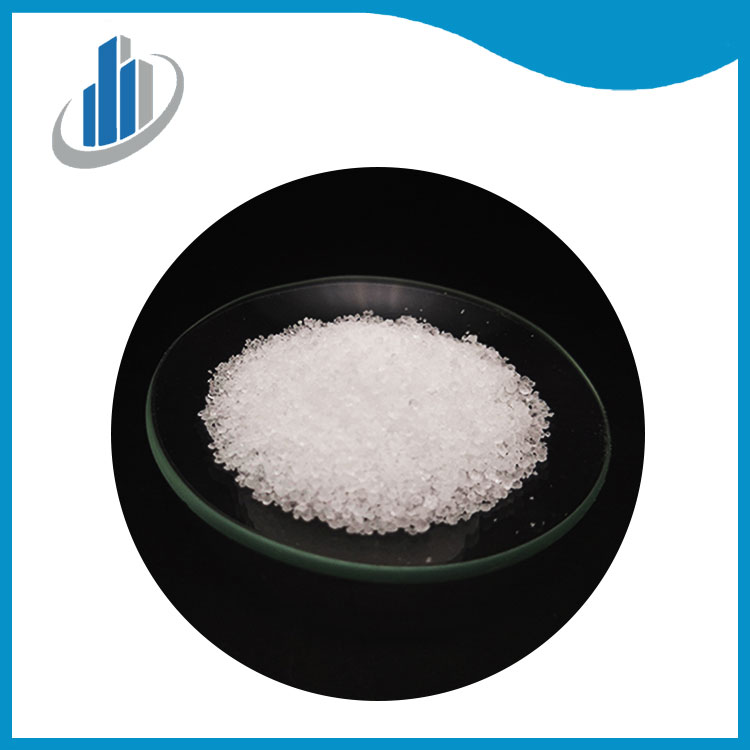Here are some common food acidifiers
2023-11-07
Food acidifiers, also known as acidulants or acidity regulators, are substances added to food and beverages to alter their acidity or pH level. These compounds are used for a variety of purposes, including enhancing flavor, preserving shelf life, controlling the texture of certain foods, and ensuring the safety of products. Acidifiers can be either natural or synthetic, and they come in various forms, such as organic acids, mineral acids, and their salts. Here are some common food acidifiers:
1. Citric Acid: Citric acid is a natural acid found in citrus fruits like lemons, limes, oranges, and grapefruits. It is widely used to add a tart or sour flavor to foods and beverages. Citric acid is also used as a preservative and a pH control agent in various food products.
2. Lactic Acid: Lactic acid is a natural acid produced by the fermentation of lactose, which is found in milk. It is commonly used in the dairy industry for yogurt and cheese production. Lactic acid contributes to the tangy flavor of fermented dairy products.
3. Acetic Acid: Acetic acid is the main component of vinegar, which is produced through the fermentation of ethanol. It is used in salad dressings, pickles, and condiments to provide a sharp, tangy taste.
4. Tartaric Acid: Tartaric acid is a naturally occurring acid found in grapes. It is used in winemaking and is also found in cream of tartar, which is commonly used as a leavening agent in baking.
5. Malic Acid: Malic acid is found in fruits like apples and grapes. It is used to add tartness to sour candies, beverages, and some processed foods.
6. Phosphoric Acid: Phosphoric acid is commonly used in the soft drink industry to provide a tangy, acidic flavor to cola and other carbonated beverages.
7. Fumaric Acid: Fumaric acid is used in the production of sour candies, fruit-flavored snacks, and certain bakery products to add a sour taste.
8. Sodium Citrate: Sodium citrate is the sodium salt of citric acid. It is often used as an emulsifier and a buffering agent in various foods, including processed cheese, gelato, and certain beverages.
9. Malates: Calcium malate, magnesium malate, and other malate salts are used as acidulants in food products, such as sports drinks and dietary supplements.
10. Ascorbic Acid (Vitamin C): Ascorbic acid is often used as an antioxidant to prevent browning in fruits and vegetables. It can also be used to adjust the pH of certain food products.
11. Sodium Bicarbonate (Baking Soda): While not an acid, sodium bicarbonate is often used in combination with acidifiers, such as cream of tartar, to create leavening reactions in baking.
Food acidifiers are critical in food formulation to achieve the desired taste and texture in various products. They also play a role in food safety by controlling pH levels and inhibiting the growth of harmful microorganisms. The choice of acidifier depends on the specific application, the desired flavor profile, and any dietary or regulatory considerations.



